Windows Phone 8.1 Review
by Anand Lal Shimpi on April 14, 2014 10:00 PM EST- Posted in
- Smartphones
- Microsoft
- Mobile
- windows phone
- Windows Phone 8.1
Wi-Fi and Data Sense
Windows Phone 8.1 includes automatic handling for a large number of WiFi hotspot captive portals. If enabled, your phone will automatically agree to any terms and even automatically provide a name and email address to get you past the portal.
The new Wi-Fi Sense feature also allows sharing of Wi-Fi credentials with other WP8.1/Wi-Fi Sense users. The users on the other end never see passwords, they’re just automatically allowed to join networks you choose to share. This is one feature I wasn’t able to test as I only had a single WP8.1 device.
Where Wi-Fi Sense attempts to make joining Wi-Fi networks easier, Data Sense tries to help you manage bandwidth usage on cellular networks. The new tool gives you insight into how much bandwidth all of your apps are using, down to a split between cellular and WiFi traffic.
You can input how much cellular data you’re allocated each month and Windows Phone 8.1 can automatically monitor your cellular data usage and respond appropriately as you approach your data limit. WP8.1 can restrict background data usage, as well as reduce bandwidth requirements for Internet Explorer.
With IE11 on Windows Phone 8.1 Microsoft introduced optional server side web page compression. Similar to Amazon’s Silk browser’s accelerated page loading, Microsoft’s Browser Optimization Service (BOS) uses a proxy server to compress images, HTML and JavaScript before sending the contents to your device. MS claims to not store any personal data during the process. When enabled (either manually or automatically triggered by Data Sense), Microsoft claims the compression can save up to 45% of your browsing data usage in standard savings mode or up to 70% in high savings mode.
I setup a web server and looked at the impact of BOS on image compression. Below are some samples taken from our Galaxy S 5 review when viewed in IE11 with BOS disabled, standard savings enabled and with high savings enabled.


With the most aggressive compression enabled, the impact on file size and image quality is pretty substantial. Microsoft provides a simple override if you want to load a full quality version of the page without diving back into the Data Sense settings.

Tap the override symbol (to the left of anandtech.com) to load the full web page
The standard compression image honestly doesn’t lose a ton of quality, but the savings on already compressed images aren’t huge.
| BSO Impact on Image Sizes | ||||||
| No Compression | Standard Compression | High Compression | ||||
| Night Shot (Image #1) | 57KB | 41KB (71.9%) | 38KB (66.7%) | |||
| Product Shot (Image #2) | 284KB | 253KB (89.1%) | 182KB (64.1%) | |||
In high savings mode IE11 will also prevent loading long pages and avoid loading some ads. Visiting AnandTech’s mobile site with BOS set to high revealed a mostly useless front page with nothing more than the main logo but that seemed to be the exception as we have a rather image heavy front page. As it’s optional, I can see BOS being important to some users on aggressively capped data plans.
IE11
There’s a running joke at AnandTech that the only thing mobile IE10 was optimized for was SunSpider. While javascript performance optimization has become a primary pursuit in Android and iOS, the only javascript test that seemed really fast on IE in Windows Phone 8 was SunSpider. If I ran any of our less well known js tests I either got scores that represented phones from a couple of years ago or the browser couldn’t complete the test. Windows Phone 8.1 integrates IE11 and with it comes a number of performance optimizations.
SunSpider doesn't show a meaningful increase in performance (likely because it's already thoroughly optimized for). The good news is the rest of our js suite does get substantially better:
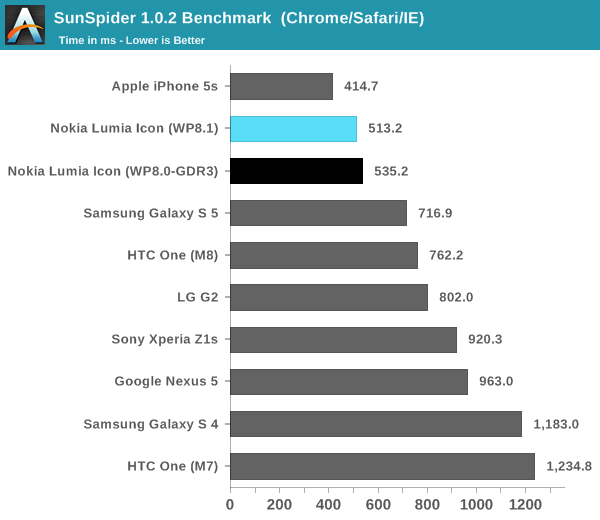
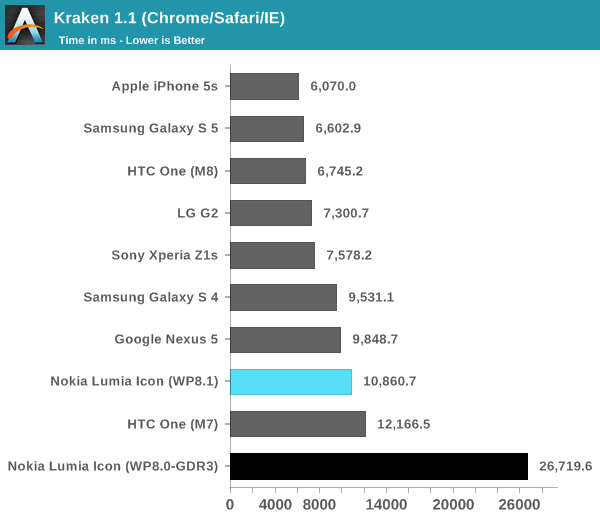
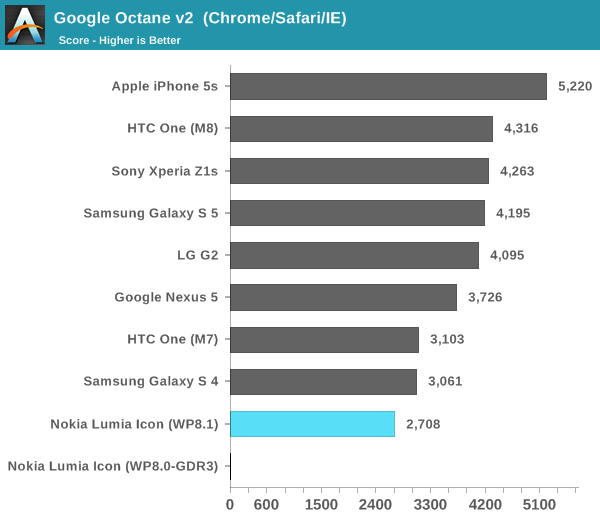
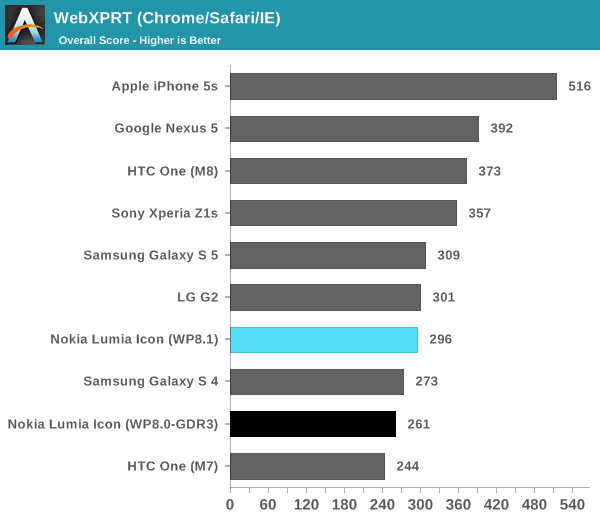
Kraken completes in less than half the time than it did in WP8.0. Octane actually completes now instead of hanging during the asm test, and WebXPRT sees a 13% increase in performance as well. IE11 definitely isn’t the fastest mobile browser on the planet, but it at least moves WP8.1 towards a more modern level of performance. Note in the case of WebXPRT running on the Lumia Icon, we're at performance that's nearly equal to the LG G2 - also using a Snapdragon 800 SoC. That's one of the slowest examples of S800 running Android however. The Nexus 5 by comparison does substantially better - there's still room for improvement in IE11's js performance.
I did notice improvements in actual page load times however it seems to me that there’s a bit of image compression going on even when I have Data Sense disabled which effectively invalidates any comparison results. It’s not clear to me if this is intentional or a bug with the dev preview at this point. In side by side comparisons, Mobile Safari running on the iPhone 5s still manages to load pages faster than IE11 running on the Lumia Icon, despite whatever image compression may be active on the WP8.1 device. It just goes to show you that having the fastest silicon does matter.
IE11 is more compatible than its predecessor. Running HTML5Test the new browser gets a score of 378, compared to 328 in IE10. Chrome for Android and Mobile Safari both score higher however.
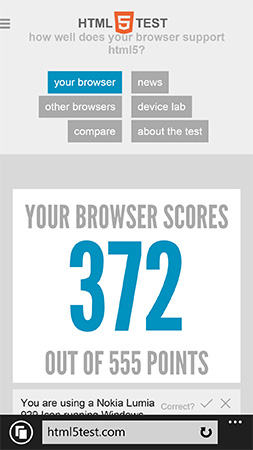
I’ve included a screenshot gallery showing the individual scores, but the new browser wins a lot of points by including support for things like WebGL. Despite adding WebGL support however, I couldn’t get the old aquarium test to actually animate on the device.
IE11 sees functional improvements compared to its predecessor as well. The refresh button at the bottom of the screen has been replaced by a tabs button (you can change it back if you’d like). You can now also swipe right/left to go back/forward through your history in a tab. There’s better YouTube support with IE11 as well. You can now play YouTube videos within an embedded page instead of always being forced out into a full screen mode.
Performance
Since its incarnation, Windows Phone has always been late in adopting high end silicon. It normally wouldn’t be a problem if the platform primarily targeted entry level and mainstream consumers, however for much of its recent life Windows Phone has pursued the high end particularly with Nokia’s flagship devices. The result was a platform that had a high end camera, but with a mainstream SoC. It wasn’t too long ago that Microsoft was parroting the dual-core isn’t necessary for performance and is bad for battery life mantra, but it’s good to see that’s now over with.
Qualcomm remains the sole silicon provider for Windows Phone, which is fine given their position of dominance and the lack of any appreciably better alternatives. With the GDR3 update to Windows Phone 8 Microsoft added support for Snapdragon 800. Although that SoC has since been superseded by the Snapdragon 801, Windows Phone 8/8.1 at least support the highest end mobile silicon family available today.
The Lumia Icon was my first Windows Phone experience on Snapdragon 800, and I have to say it is quite good. Launching and switching between apps is pretty quick and the OS as a whole feels nice and responsive. Having spent the past few weeks in Android and iOS 7.1 land, the Windows Phone 8.1 UI animations seem a bit excessive but no where near as bad as iOS 7.0. The platform overall is quite pleasant to use and never really feels slow, at least with the S800 under the hood.
There are a few native benchmarks available on the Windows Phone Store, which I used to track changes in system performance between WP8 and 8.1. I didn’t find much of a delta between the two platforms:
| Windows Phone 8.1 vs. 8.0 GDR3 Performance | ||||||
| BaseMark OS II | BaseMark X 1.1 (Medium, Overall) | GFXBench 2.7 (T-Rex HD, Onscreen) | ||||
| Windows Phone 8.1 (Lumia Icon) | 1046 | 25536 | 25 fps | |||
| Windows Phone 8.0 GDR3 (Lumia Icon) | 1033 | 24748 | 25 fps | |||
The individual BaseMark OS II scores are worth drilling down on as they expose the improvements in web rendering performance, as well as highlight a slight regression in some of the other areas:
| Windows Phone 8.1 vs. 8.0 GDR3 Basemark OS II Performance | |||||||
| System | Memory | Graphics | Web | ||||
| Windows Phone 8.1 (Lumia Icon) | 921 | 1492 | 1409 | 619 | |||
| Windows Phone 8.0 GDR3 (Lumia Icon) | 1146 | 1474 | 1192 | 566 | |||
The slight drop in system performance (these are mostly CPU bound tests) is unusual, but this is a dev preview of WP8.1. IO performance (memory suite) doesn't change, but graphics and web performance both go up. I suspect there are some improvements on the GPU driver front, which are responsible for the uptick in graphics performance. The increase in web rendering performance is also made evident here.


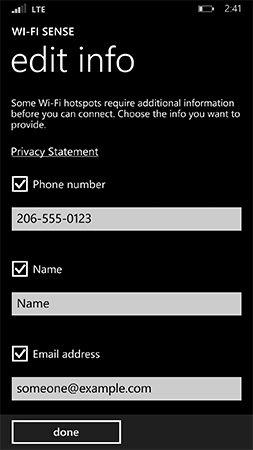
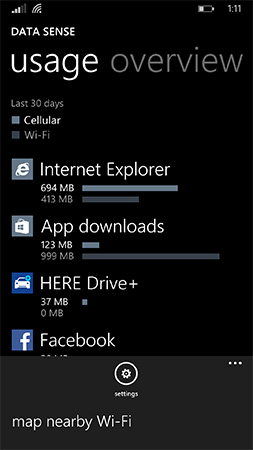
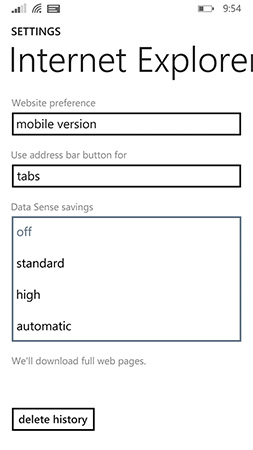
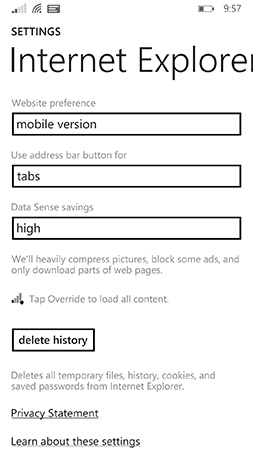
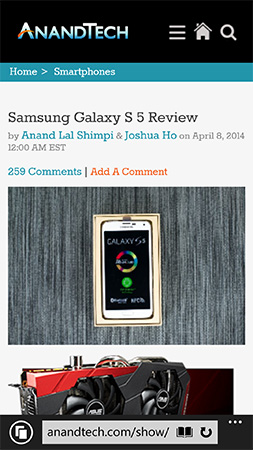














111 Comments
View All Comments
D1RTYD1Z619 - Monday, April 14, 2014 - link
Owning a Windows Phone, Windows Phone 8 to be exact, has been the worst purchase of my life. The OS is such a huge piece of crap with many features missing that are included in Android. I will never buy or recommend a Windows Phone ever again.Myrandex - Tuesday, April 15, 2014 - link
Sorry about your experience. My wife and I both own WP 8 devices and are quite satisfied with them. I have an Android tablet too and I don't really feel like I am missing out of too many features compared to it. I don't have a file explorer on my phone, but I haven't been itching for one frequently either (in either platform). I had an iPhone prior (it was my work phone) and I enjoy this much better. Plus the camera continues to amaze me.cditty - Tuesday, April 15, 2014 - link
I have a Lumia Icon which was a replacement for the M8 version of HTC's One. The camera on a phone is a big deal to me (I take tons of pictures of my daughter). The M8 was a sleek phone, but that camera just doesn't cut it.I took the plunge on the 8.1 developer update (since it's free and it's the RTM bits). I am extremely happy with this phone now. I would say at this stage, I prefer it to Android. The Nokia camera app is fantastic and I got to keep it with the developer update.
Microsoft is onto something with the cross device apps.
mebby - Friday, April 18, 2014 - link
I replaced my iPhone 4S with a Lumia 1520. I was hesitant about getting a WP phone but once WP8 came out and there were phones with faster processors, I took the plunge. Have to say I really enjoy the 1520 and find it very useful. The area that WP8 (now WP8.1) is deficient is the internet-of-things apps. Using apps with devices like Roku, Sonos, etc. is problematic. Seems like you have to wait or deal with 3rd party apps from hobby programmers. The rest of the apps are not really an issue for me.I like the interface on WP8 and the 8.1 update (once I installed the dev preview) is like having a new phone. And I love the large screen on the 1520 though during the hotter months it is a little troublesome carrying in my jeans/pants.
It is interesting - the 1st Android phones I looked at were a piece of crap. I vowed to never buy (or look at) again. Of course Android as an OS, and the hardware, have improved dramatically over the last 4 or so years. I would consider an Android (or iOS or WP) phone when I am looking for my next phone.
LarsBars - Tuesday, April 15, 2014 - link
I would sign up for the developer preview and give 8.1 a shot.StevoLincolnite - Tuesday, April 15, 2014 - link
I have a Lumia 920 with Windows Phone 8 black and I absolutely love it.Majority of features that *I* need are available and work great.
Windows Phone is more aligned to iOS in that it's simple and easy to use, whilst power users who love to tinker should really stick to Android where you can alter the OS far more.
Romberry - Tuesday, April 15, 2014 - link
Your comment tells me nothing. Really. "A huge piece of crap" is both utterly non-descriptive and a complete overstatement. WP8 (and now 8.1) may not be your cup O' tea, but it's far from "a huge pile of crap." I moved to WP8 after a short stint with a Lumia 520 that I picked up for 60 bucks, no contract. As soon as I had Lumia Black firmware on the thing, I made the decision to move up to a slightly higher spec'd model based on the very good experience from the 520, and now that I'm in and familar with WP8/8.1, no way would I go back to competing platforms. In the low and midrange especially, there's nothing that comes close. On the high end? Can't say because I don't have a high end phone. But WP8/8.1 works very well even on that Lumia 520. Contrast and compare that to the experience of iOS users with previous gen hardware, and Android users on more platforms than I can count that never will get an update.Sorry that WP8 wasn't for you, but crap it is not.
darkich - Tuesday, April 15, 2014 - link
It was an absolute crap for me too.Used Lumia 800 as a backup for my Galaxy S3, for 3 months.
And even those short sessions with it, (while my S3 was charging over a half broken charger that i couldn't replace at a time) triggered an anxiety like sensation in me..a lifeless, horribly restricted UI, terrible browser and multitasking..not to mention the apps and..well, in my experience almost EVERYTHING about it was unbelievably inferior compared to the GS3..even the speed and stability of WP was revealed as nothing more than a myth.
Yeah it worked decently but not at all better than Android!
tiupapa - Tuesday, April 15, 2014 - link
Dude, the Windows phone 7 era was an absolute crap! Believe me, but as I got a lumia 520, at first I thought it was gonna be lumia 800 over again. . But I was wrong, the lumia 520, works 5x better than the former flagship, it was a huge gain for me that i just used my s2, just for playing games. But as a phone, and as a browser, i feel more at home with a windows phoneSivar - Tuesday, April 15, 2014 - link
It's funny, I had the opposite experience. The only electronics device I've ever despised more than the Galaxy S 3 is the Galaxy S. Samsung's hardware quality, QA, and attention to detail never fails to amaze me. The GS didn't even have a working GPS!Awkwardly placed options, random and extreme battery drain (sometimes 10+%/hr), and flakiness after a few days of power-on time that reminds me of Windows in the 90's (and this is Linux!).
Unusually delicate glass, random unexplained app deaths without error message, complete inability to disable the "low battery" warning even if it's 3AM, odd difficulty in using Gmail contacts as phone contacts. The entire thing feels like a beta.
My wife's Windows Phone, which cost quite a bit less, works absolutely flawlessly every time. Smooth animation, apps don't randomely die, battery life is excellent (though one can't reasonably compare dissimilar devices), and every app I looked for was in the store, even unusual ones like Chess By Post.
I am curious as to what, specifically, made you feel so constrained in Windows Phone.